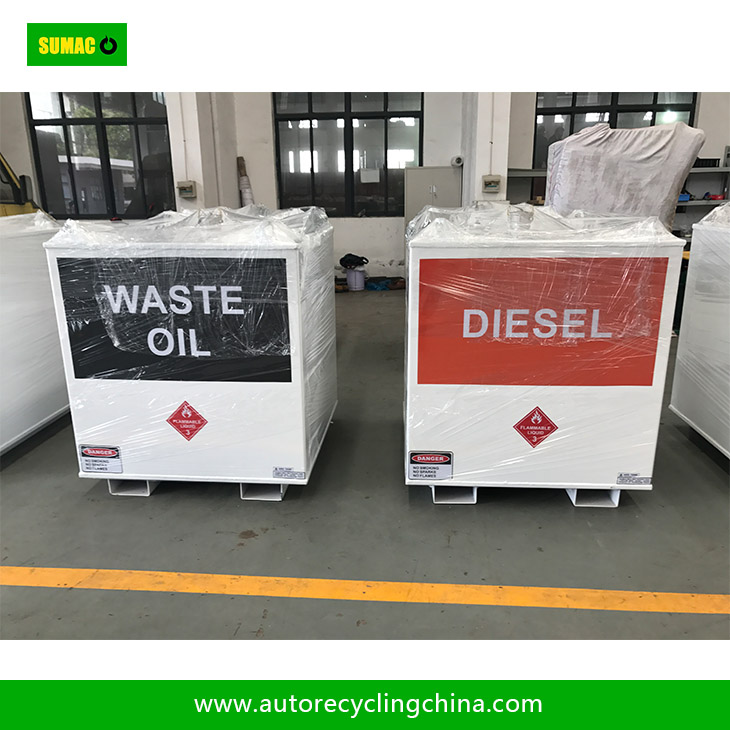Installing a fuel tank with an integrated pump requires careful attention to safety, proper alignment, and electrical connections to ensure reliable fuel delivery. Below is a step-by-step guide for a typical installation process:
1. Pre-Installation Preparation
-
Safety First:
-
Disconnect the vehicle’s battery to prevent electrical hazards.
-
Work in a well-ventilated area to avoid fuel vapor ignition.
-
-
Gather Tools & Materials:
-
Wrenches, screwdrivers, fuel line disconnect tools.
-
New fuel tank (if replacing), fuel pump assembly, and compatible fuel lines.
-
Safety gloves and goggles.
-
-
2. Removing the Old Fuel Tank/Pump (If Applicable)
-
Depressurize the Fuel System:
-
Locate the fuel pump fuse/relay and start the engine to drain residual pressure.
-
Once the engine stalls, the system is depressurized.
-
-
Drain Remaining Fuel:
-
Use a siphon pump to remove excess fuel from the tank.
-
-
Disconnect Fuel Lines & Electrical Connectors:
-
Unplug the fuel pump wiring harness.
-
Carefully detach fuel supply and return lines using a line disconnect tool.
-
-
Remove the Tank/Pump Assembly:
-
Support the tank with a jack, then unbolt mounting straps.
-
Lower the tank and remove the pump module (if replacing only the pump).
-
-
3. Installing the New Fuel Tank with Pump
-
Position the New Tank/Pump Assembly:
-
Ensure the tank is clean and free of debris before installation.
-
Align the fuel pump sending unit correctly with the tank’s mounting flange.
-
-
Secure Fuel Lines & Electrical Connections:
-
Reattach fuel supply/return lines and ensure tight seals to prevent leaks.
-
Plug in the pump’s electrical connector.
-
-
Reinstall the Fuel Tank:
-
Lift the tank into place and reattach mounting straps/bolts.
-
Torque bolts to the manufacturer’s specifications.
-
-
4. Post-Installation Checks
-
Leak Test:
-
Reconnect the battery and turn the ignition to "ON" (without starting) to prime the pump.
-
Inspect for fuel leaks at connections.
-
-
Test Fuel Pressure:
-
Use a fuel pressure gauge to verify proper pump operation (refer to vehicle specs).
-
-
Final Inspection:
-
Ensure all fasteners are tight and wiring is secure.
-
Start the engine and monitor fuel delivery for irregularities.

-
